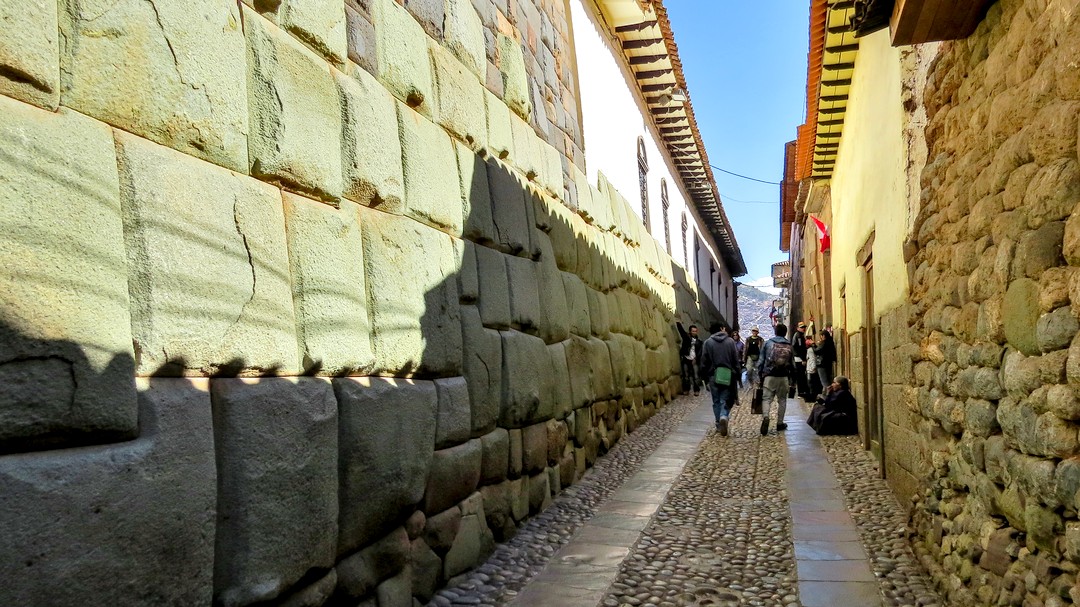Physical Training for Machu Picchu Hiking
Table of Contents
Some of the best things really do take time and efforts to accomplish. It applies to all aspects of life including tourism world. Take Machu Picchu for example; an Incan citadel set in the Andes Mountain in Peru. Located in probably the most spectacular site, the citadel is the best known archaeological site in the continent. During the Spanish colonial period, the site survived and was never found by the Spaniards, so they did not destroy or plunder it as they did to other sites. Machu Picchu stands at 2,430 meters above sea level in the middle of tropical mountain forest. If you feel like visiting, be ready for the physical training for it.
Trails
There are 9 known trails to reach Machu Picchu as follows:
| Treks | Length | Level |
| Classic Inca Trail | 4 days 3 nights | Difficult |
| Short Inca Trail | 2 days 1 night | Easy |
| Salkantay / Inca Trail Combo | 6 days 5 nights | Experienced |
| Salkantay Trek | 5 days 4 nights | Experienced |
| Lares Trek | 4 days 3 nights | Intermediate |
| Choquequirao Trek | 4 days 3 nights | Experienced |
| Inca Jungle Trek | 4 days 3 nights | Intermediate |
| Vilcabamba Trek | 5 days 4 nights | Professional |
| Huchuy Qosqo | 3 days 2 nights | Intermediate |
While one of the trails is relatively friendly even for beginners, physical trainings are still required to acclimate to the elevation. Here is an easy breakdown of the physical trainings you need.
1. Aerobic Fitness: assuming you are not already participating in aerobic training, the best time to start one is now. The level of fitness required for comfortable trekking adventure takes regular exercise of about 4 to 5 times a week. There is no need to do specific program because anything that elevates your heart rate will do for examples swimming, running, and step aerobics. Your heart and lungs need to be stronger to prepare for the thin oxygen as you climb higher.
2. Leg and Core Strength: you may focus on your legs during the training (which is a good thing because the leg muscles do the hard works), but it also takes steady core strength to maintain form and balance. Many parts of the trail (any trail) are rocky and with uneven surfaces, so you need to focus not only on legs, but also core strength, arms, back, and shoulders. Train those muscles and you’ll be ready for the adventure.
3. Weight Training: when you think of hiking, the first thing that comes to mind is standing at the top of mountain with sense of great relief. You are missing one big part of the picture: the hike itself. Training using weighted pack regularly as you will carry a huge load of things on your back when you trek the trails of Machu Picchu. Take your largest backpack, fill it up with sands, and climb up a small hill. Do this multiple times a week.
4. Backcountry hiking: referring back to the table above, some trails can take up to 9 days to complete. You can always choose the easier ones, but you may not get the full excitement at the same time. The problem with multi-day hiking is the continuous strenuous physical exertion; combine that with the absence of computers, cell phones, or any kind of entertainment. Get used to the idea by doing a backcountry hiking many times before you head to Peru. It is best that you minimize the possibility of a shock to your system.
5. Acclimatize to elevation: the only way to do this is to climb high-elevation locations. Symptoms of altitude sickness typically develop at between 8,000 feet to 12,000 feet above sea level. While Machu Picchu is “only” 7,970 feet, you still need to be ready for the worst. Before you go to Machu Picchu, get used to the elevation by climbing high altitude destinations as often as you can.
Conclusion
The construction and location of Machu Picchu is nearly impossible even by today’s standards. The good thing is that the Incas were probably all excellent architects that they also built roads that blazed through the Andes to reach the sacred citadel. Today Machu Picchu is one of UNESCO World Heritage Sites that you can visit and experience. The only downside is that, you must climb unbelievably high through strenuous trails to get there.






